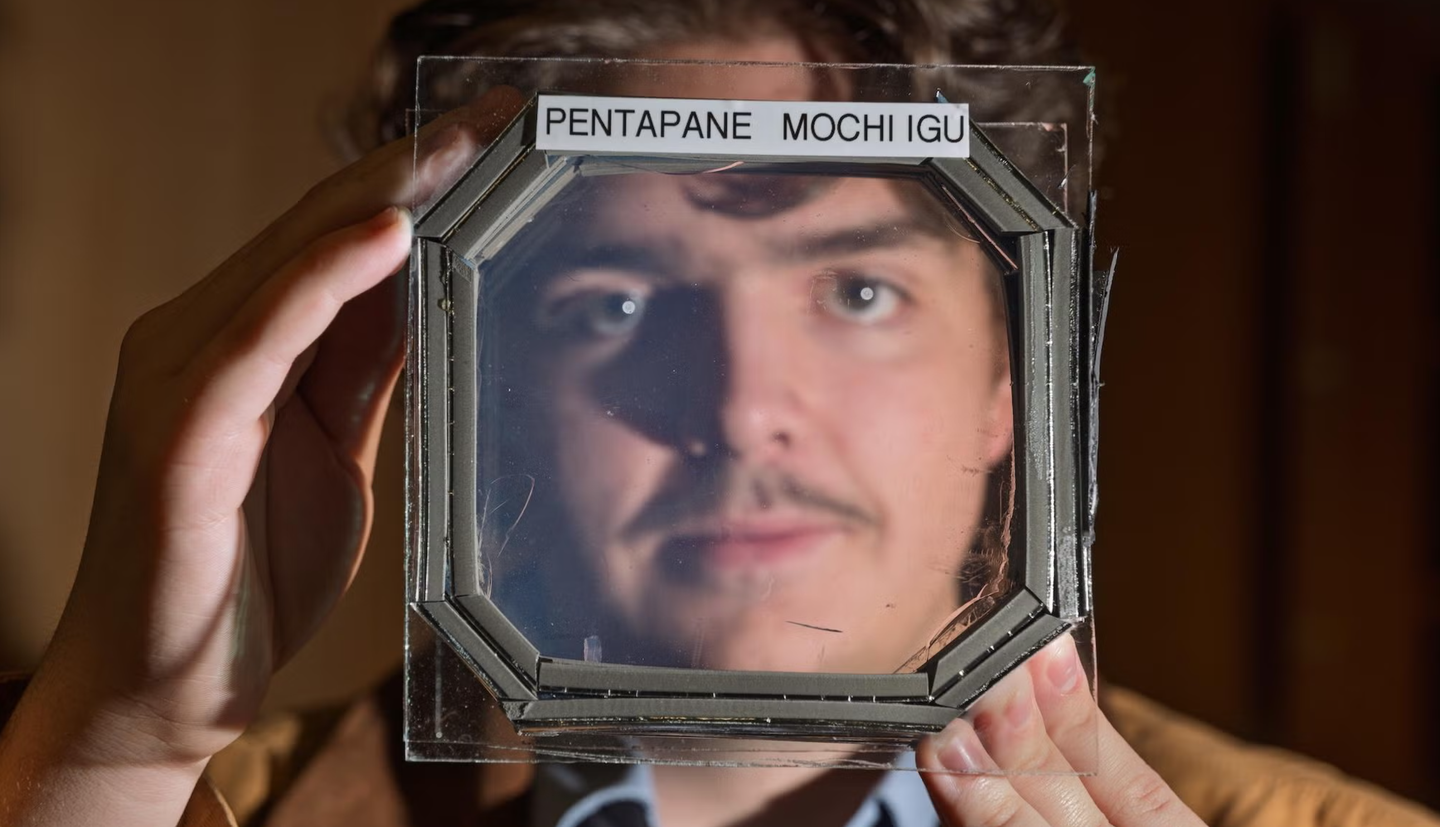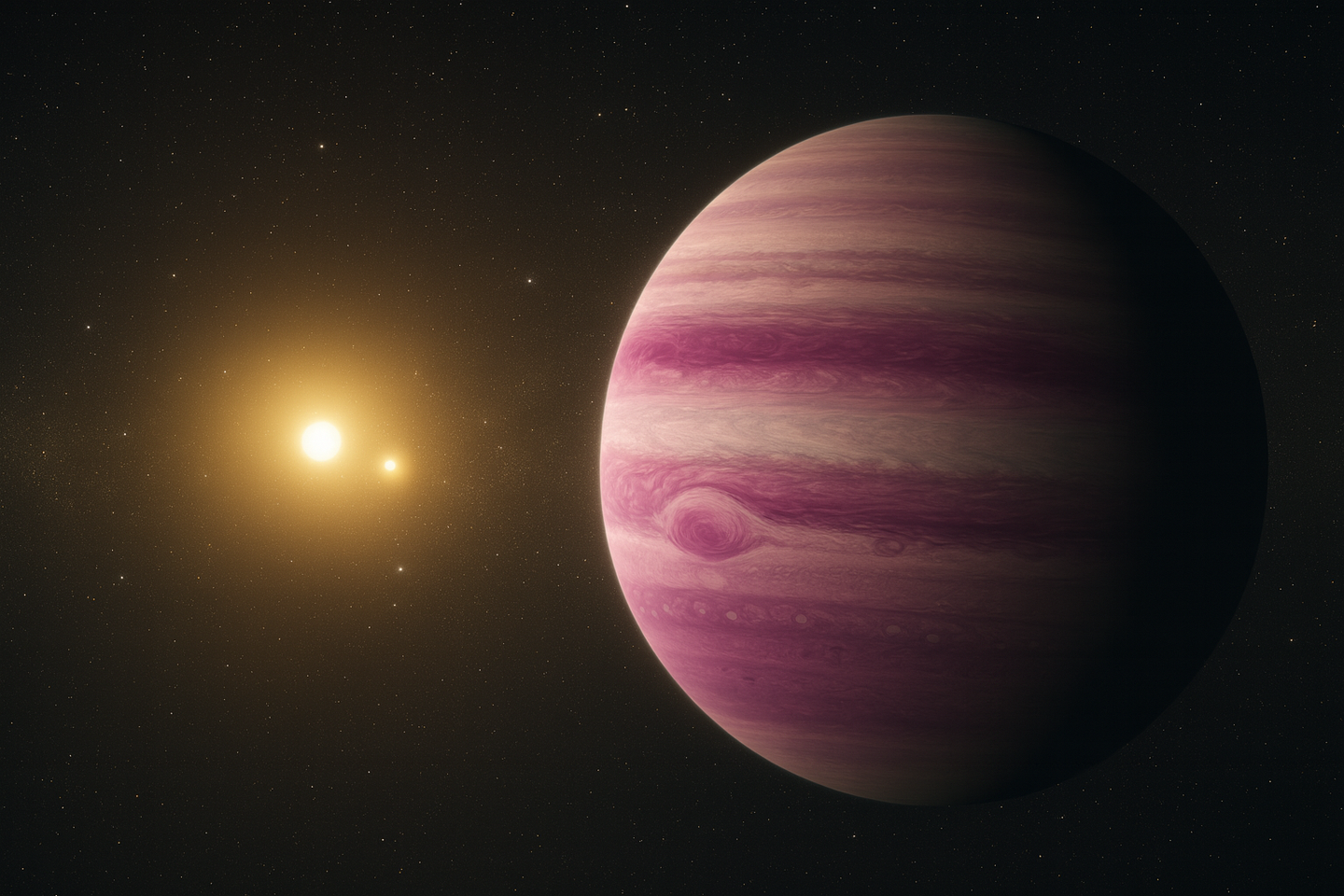12-year-old Canadian discovers two new asteroids in NASA program
A 12-year-old from Ontario becomes one of Canada’s youngest to discover two asteroids through a NASA-affiliated program.
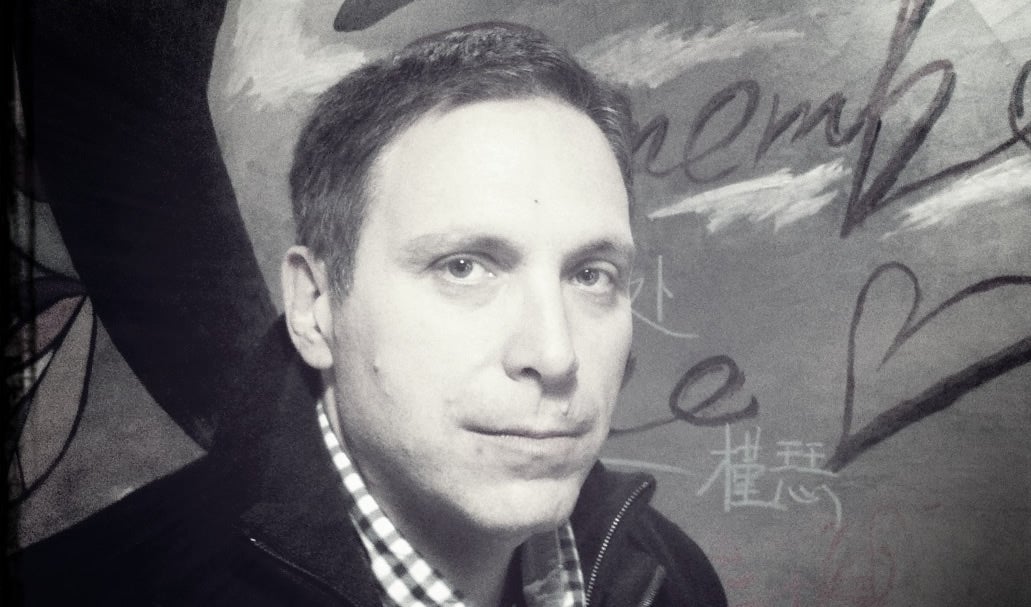
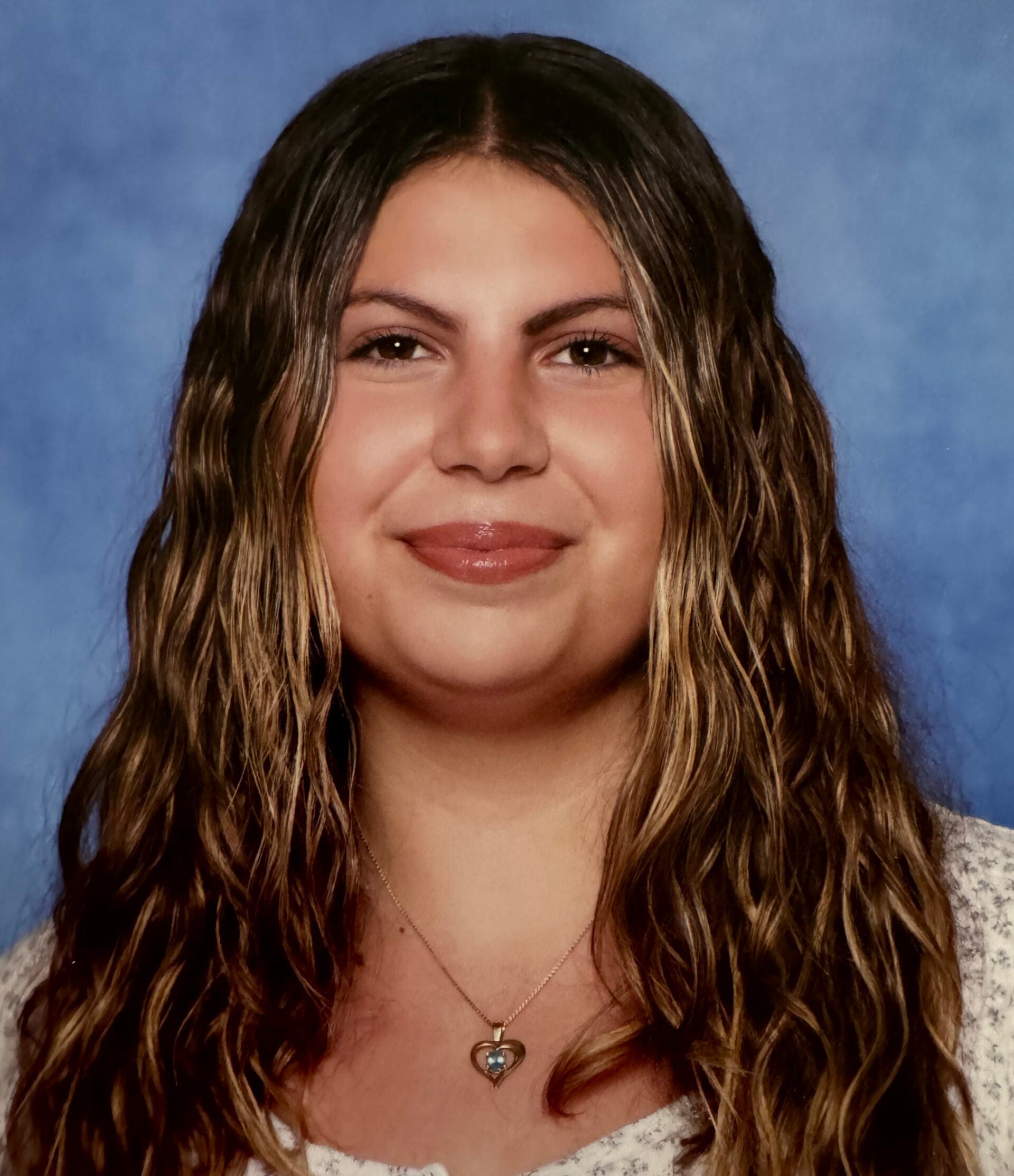 Edited By: Joseph Shavit
Edited By: Joseph Shavit
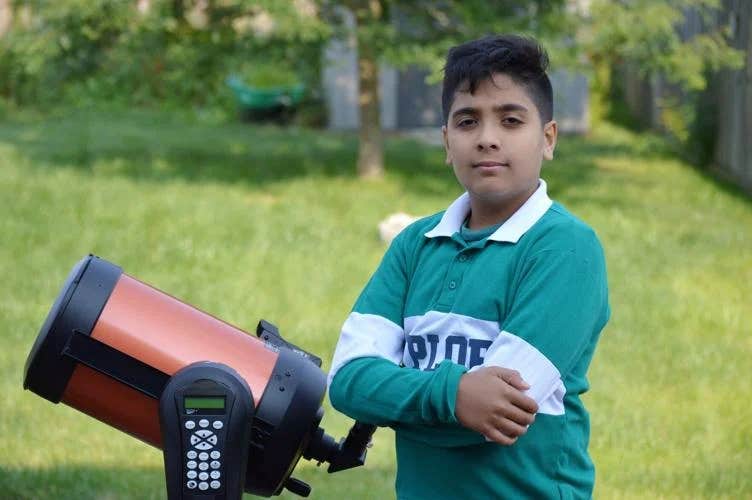
Now 12, Patel has become one of the youngest Canadians to make a provisional discovery of not one, but two asteroids. (CREDIT: Ronak Patel)
From the balcony of his family’s downtown London, Ontario apartment, five-year-old Siddharth Patel would spend nights gazing at the sky, tracing constellations and dreaming about what lay beyond.
Now 12, Patel has become one of the youngest Canadians to make a provisional discovery of not one, but two asteroids.
A Cosmic Breakthrough
Patel’s discoveries — cataloged as 2024 RH39 and 2024 RX69 — were confirmed this month by the Minor Planet Center (MPC), the international authority that tracks and names asteroids and other small celestial bodies. He made the discovery through the International Astronomical Search Collaboration (IASC), a NASA-affiliated citizen science program that lets amateur astronomers around the world help identify new space objects.
Working with telescope images from Hawaii’s Pan-STARRS facility, Patel noticed two small moving dots in a series of time-lapse sky photos. “When MPC got the data and actually proved that it was an asteroid, I was thrilled and really excited that I found an asteroid that no one else has ever discovered before,” he said.
Both space rocks orbit the sun in the main asteroid belt between Mars and Jupiter. It could take six to ten years before the MPC can confirm their exact paths and officially name them. “When an asteroid has a fully determined orbit, it becomes numbered,” explained Cassidy Davis, IASC’s coordinator.
Once that happens, Patel will get to name his discoveries — and he already has ideas. One might be called “Canastrosid,” a blend of Canada and his online nickname AstroSid, while the other could be “Lonastrosid,” combining London with the same handle.
Since the IASC began in 2006, more than 18,800 preliminary discoveries have been made, but only about 161 have earned provisional recognition. That puts Patel among the top one percent of all contributors.
Passion That Started Early
Patel’s love of the stars began before he could even reach a telescope on his own. His mother, Rajani Ramsagar, admits she first thought her son’s fascination would fade. “I thought it was just a phase,” she said. “Then he started asking me to wake him up at 3 a.m. to see a meteor shower.”
Neither of Patel’s parents has a background in science — his mother works at a bank — but that didn’t stop him. He taught himself much of what he knows by watching documentaries, reading about astronomy, and experimenting with his telescope. By first grade, he was already spending late nights outside scanning the skies.
That persistence led him to join international competitions like the International Space Olympiad and the International Astronomy & Astrophysics Competition. “That really gave me so much knowledge about what people have been doing and the laws and theories of space,” he said. “I love how complex and how interesting space really is.”
A Young Astronomer’s Eye
When he isn’t hunting asteroids, Patel captures the beauty of space through photography. One of his images — a comet streaking through a star-speckled sky — earned the People’s Choice Award in DarkSky International’s 2025 “Capture the Dark” contest. He took the photo using his mother’s smartphone, held up to the eyepiece of his telescope.
“I love taking photos through my telescopes,” he said. “When I go somewhere dark, or someplace that has lots of stars, it really ignites my sense of wonder. I’ve learned how mysterious space really is.”
Following in Astronaut Footsteps
For Patel, finding asteroids and photographing comets are only stepping stones toward his ultimate dream — becoming an astronaut. He’s already following in the flight paths of Canadian Space Agency icons like Chris Hadfield and Jeremy Hansen. This fall, he’s joining the Royal Canadian Air Cadets to learn how to pilot an aircraft, a skill required for astronaut candidates in Canada.
He’s also visited several universities known for aerospace research, including some in the United States. But for now, his mission is closer to home — finishing seventh grade. “Space was not really taught in schools,” he said. “I really started doing things about space after I came back from school because school is the academic time. And after that is the time when I pursue my interests and dreams.”
A Rare Feat Among the Stars
The odds of a young amateur astronomer making a provisional asteroid discovery are incredibly slim. Each observation must be precise, consistent, and repeated to prove the object isn’t already known. The data Patel submitted met all the criteria for a valid provisional discovery.
Federica Spoto of the Minor Planet Center explained that the final stage — confirming an asteroid’s orbit — is what officially gives credit to its discoverer. “The real discovery credits are only assigned once the object is numbered,” she said. Patel, though, is content to wait. “Even if I have to wait ten years, it’ll be worth it,” he said with a grin.
That patience and determination may serve him well in his future career. After all, space exploration demands years of preparation before even a single mission begins.
Related Stories
- Utah teens create award-winning invention to solve microplastic pollution
- Two teens created groundbreaking trigonometric proofs of the Pythagorean Theorem
- Teen inventor built an app that detects early-stage heart disease with 96% accuracy
Like these kind of feel good stories? Get The Brighter Side of News' newsletter.
Rebecca Shavit
Science & Technology Journalist | Innovation Storyteller
Based in Los Angeles, Rebecca Shavit is a dedicated science and technology journalist who writes for The Brighter Side of News, an online publication committed to highlighting positive and transformative stories from around the world. With a passion for uncovering groundbreaking discoveries and innovations, she brings to light the scientific advancements shaping a better future. Her reporting spans a wide range of topics, from cutting-edge medical breakthroughs and artificial intelligence to green technology and space exploration. With a keen ability to translate complex concepts into engaging and accessible stories, she makes science and innovation relatable to a broad audience.

